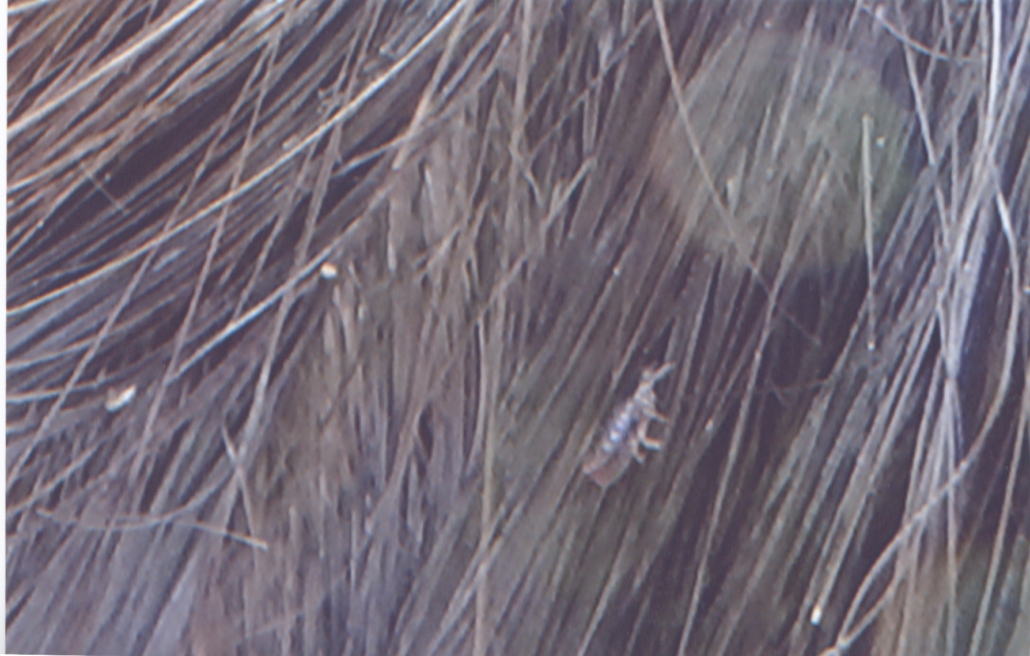ROTARY CLUB NEWS: Head lice (Scabies), a world problem to fight
 by Gary Kennedy
by Gary Kennedy
Hello to my previous readers. I left last August 28, 2017, for Southeast Asia for a literacy mission and ended up returning August 14, 2018. My project there evolved from one of educational supplies to a medical mission. I decided to write this article after reading the September 6, 2018, issue of The Town Line, For Your Health. The article was a good article which made people aware that this situation involving lice is real and everywhere.
My project in the mountains of the Cagayan Valley, Philippines, turned out to be a Scabies epidemic of massive proportions. I am not an epidemiologist but after reading the article in The Town Line, on lice, I decided to expand on it so the impact might be more significant and visualized. It is an extremely important subject and I applaud the person who wrote the article, especially at the beginning of the school year.
Scabies is an infestation of the skin with the mite Sorcoptes Scabiei Hominis, human parasites that burrow in tunnels just under the skin and is easily transmitted. This vicious parasite loves crowded places such as schools and barracks. There is no clear association with poor hygiene but that could be a factor in the parasite’s rapid proliferation, increase in number. There are some persons more prone than others. The Australian Aborigines are a good example of a race of people very prone to this critter.
The primary symptom is the intense itching, classically worse at night. “Lice” by itself, Pediculosis, infests the scalp, body, pubis and eyelashes. Lice are transmitted by close contact; (sharing combs and such) treatments can differ by location. (Some ethnic strains are more resistant to common treatments.) Lice are blood sucking insects that generally infect the head and can cause serious infections if left untreated. We have had cases where antibiotics were essential to administer.
There are basically three kinds of lice, head, pubic and body lice. There are some differences in configuration, but for the most part they are identical with different preferences. Body lice live in clothing and the two others live on/in the body, burrowing under the skin. Although most are quite small some are big enough to be seen with the naked eye. Hygiene has nothing to do with the acquisition of lice nor does socioeconomic status. So that being said, the stigma of lice in relationship with poor hygiene or social order shouldn’t be a factor to the educated family. Lice are found in every country of the world; on every level of social status. Shame should never be a factor here.
Eventually, with fine tooth combs, magnifying glasses, good cameras, consent forms from the parents we were able to examine and catalog our findings. We proved our case with the examination of 400 individuals, especially children under eight years of age. I and my team of volunteers were able to successfully treat all of the children and had a better than 90 percent cure rate, after a one-week re-examination. The other 10 percent required a second treatment. All was documented and sent to the Department of Health.
Permethrin and Lindane were the treatments of choice mostly because they are fast and effective on most all louse infestations. From start to finish it takes only one half hour, where leave-on creams and ointments take 12 or more hours. Our studies made these treatment choices the best for us. We had many patients and very little time to accomplish our mission. Our medical source material suggested these as first line of defense as well.
Ivermectin is used in the case of tough strains of lice. It has been found that lice are becoming more resistant to most natural forms of treatment. Doctor’s instruction and instructional inserts are a must when dealing with these situations. In some countries the products needed can be purchased over the counter, but not in the USA. Pyrethri are natural by products of chrysanthemum flowers. Piperonyl butoxide is used in some to enhance efficacy. Last, but not least, when those evil critters are discovered everything possible should be washed, especially all bed garments, covers and clothing. Recommended chemicals should be used to wash the entire areas. Bleach is always good along with washing and drying at high temperatures. So, in conclusion, don’t be ashamed, be aware.



